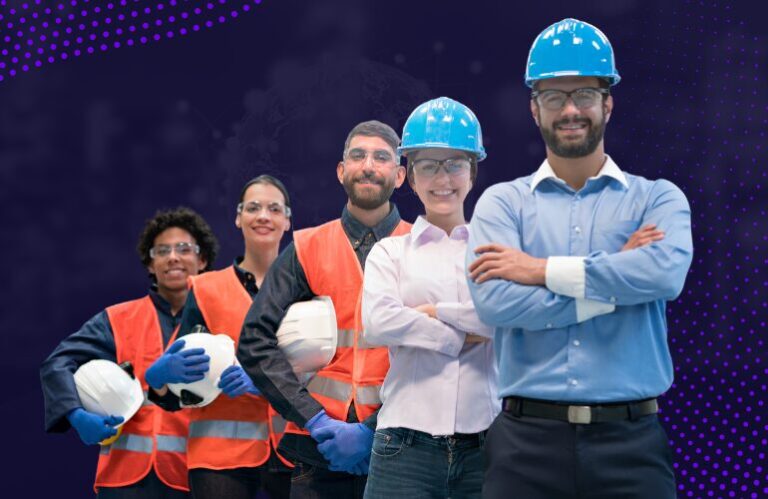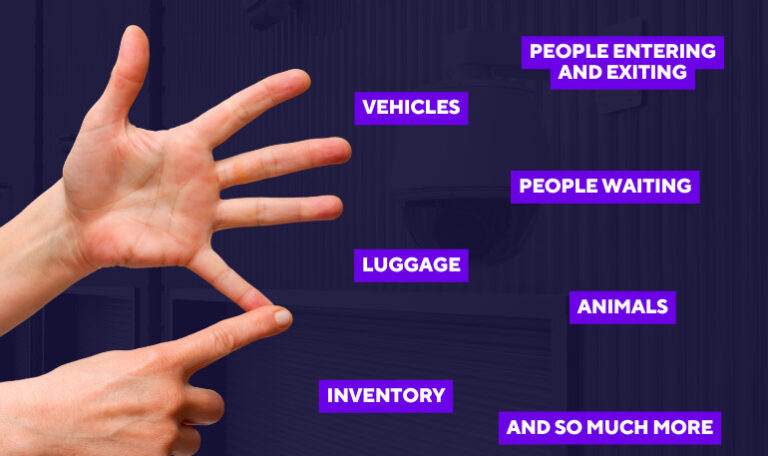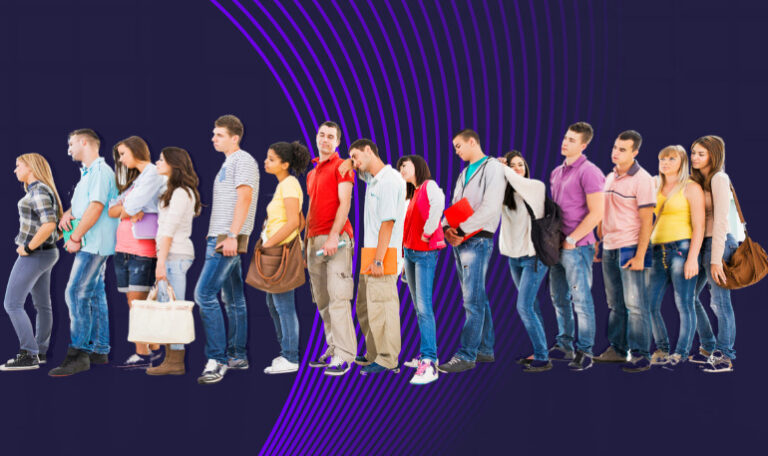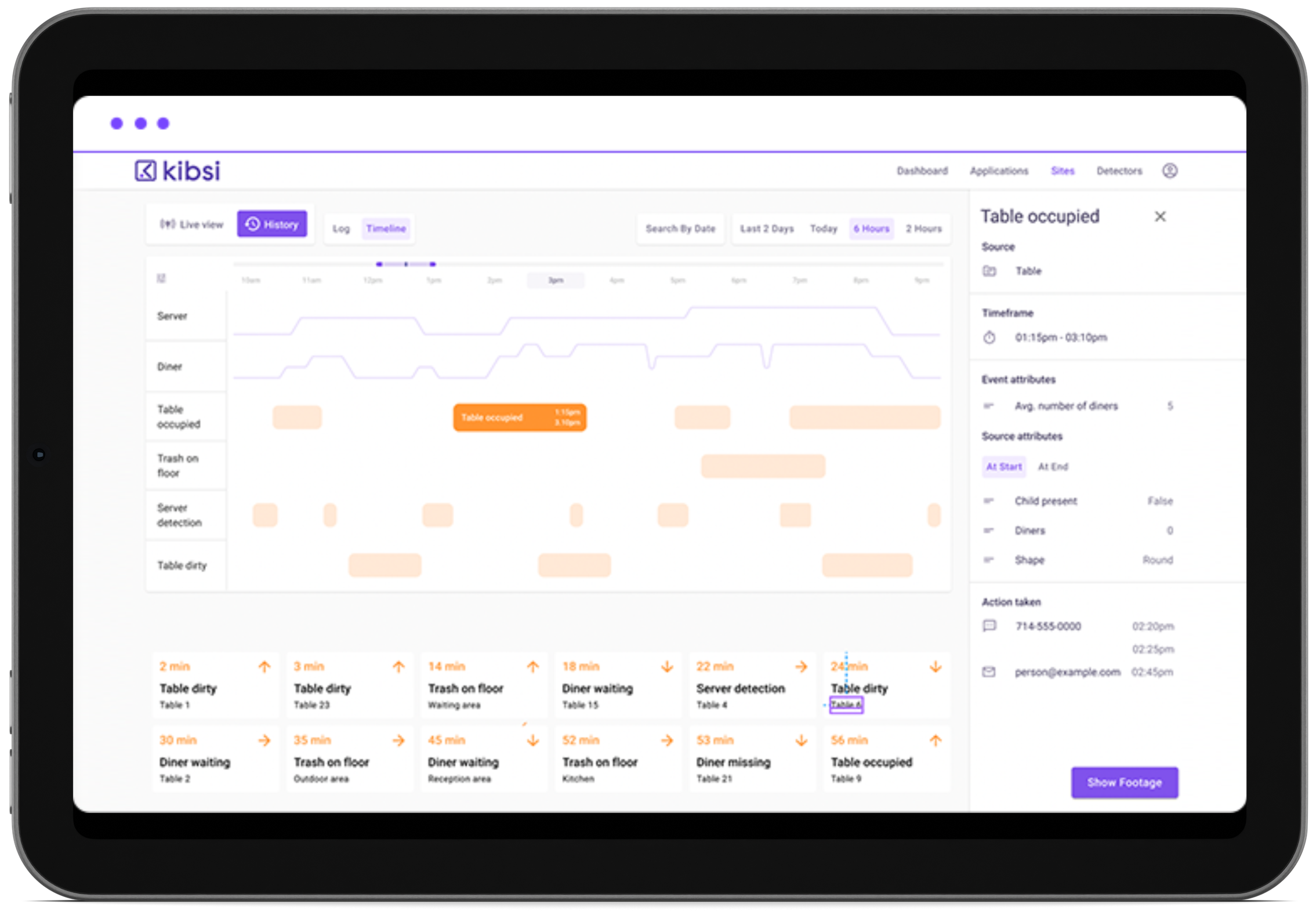The specter of automation replacing human jobs has haunted the manufacturing and logistics industries for decades. With the rise of artificial intelligence (AI) and, particularly, computer vision, these concerns have reached a fever pitch. However, a closer look reveals a more promising future – one where AI and humans collaborate to create a more efficient and empowered workforce.
The Myth of Replacement
A recent Forbes Advisor survey found that over 60% of business owners believe AI will actually increase productivity, with a significant number anticipating improvements in customer relationships and streamlined job processes. The reality is that AI isn’t here to take over the factory floor or the warehouse. Its true strength lies in its ability to automate the mundane, repetitive tasks that, while essential, often bog down human workers. Imagine a world where robots handle the tedious sorting of packages in a distribution center, freeing human workers to focus on problem-solving customer inquiries or optimizing delivery routes that could lead to a revenue increase.
The Power of Computer Vision
This is where computer vision, a subfield of AI, comes in. By leveraging cameras and image analysis algorithms, computer vision can automate tasks with incredible accuracy and speed. In manufacturing, computer vision can identify defects on production lines with a keen eye that surpasses human capabilities. Imagine the possibilities: catching a faulty weld before it becomes a product recall or ensuring consistent paint quality without human error. The AI market size is expected to grow from $150 billion in 2023 to $1,345 billion by 2030, reflecting the increasing adoption of this technology.
Empowering the Human Workforce
By taking on these repetitive tasks, AI frees up valuable human resources for more strategic endeavors. Imagine a world where skilled technicians can spend less time inspecting parts and more time focusing on preventative maintenance – a proactive approach that can significantly reduce downtime and operational costs. Studies by McKinsey & Company even suggest that AI could contribute to a 21% net increase in the United States GDP by 2030.
The Rise of the Human-AI Collaboration
This shift towards human-AI collaboration unlocks a new level of potential. Imagine factory workers wearing smart glasses equipped with AI-powered overlays that provide real-time instructions and troubleshooting assistance. Imagine logistics coordinators utilizing AI-powered software that analyzes historical data to predict peak shipping seasons and optimize inventory levels, potentially leading to a significant improvement in productivity. In these scenarios, AI acts as a powerful tool that amplifies human capabilities, not replaces them.
Building a More Collaborative Work Environment
Here’s where platforms like Kibsi come into play. Kibsi offers a user-friendly computer vision platform that allows businesses to leverage AI without the need for extensive coding expertise. This empowers companies to quickly and easily integrate AI solutions into their existing workflows, fostering a seamless collaboration between humans and machines.
The benefits of this human-AI partnership are numerous.
- Increased efficiency: By automating repetitive tasks, AI allows human workers to focus on higher-value activities, ultimately leading to a more productive and efficient workforce.
- Improved decision-making: AI can analyze vast amounts of data to identify patterns and trends that may be missed by the human eye. This data-driven approach allows for better decision-making across the entire manufacturing and logistics chain.
- Enhanced worker satisfaction: By freeing up time for more engaging tasks, AI can contribute to a more positive work environment with increased worker satisfaction and morale. A 2024 study even found that 51% of employees believe AI helps them achieve a healthier work-life balance.
The Future of Work is Collaborative
The rise of AI shouldn’t be viewed with trepidation; it’s an opportunity to create a more empowered and productive workforce. By embracing human-AI collaboration, businesses in manufacturing and logistics can leverage the power of AI to automate the mundane, freeing up human workers to focus on their strengths – creativity, problem-solving, and strategic thinking. This collaborative approach paves the way for a brighter future, not just for businesses but for the entire workforce.
Ready to embrace the power of computer vision and AI in your manufacturing or logistics operation? Kibsi can help you get started on your journey towards a more collaborative and empowered workforce. Contact us today to learn more about how Kibsi can unlock the potential of AI for your business.







